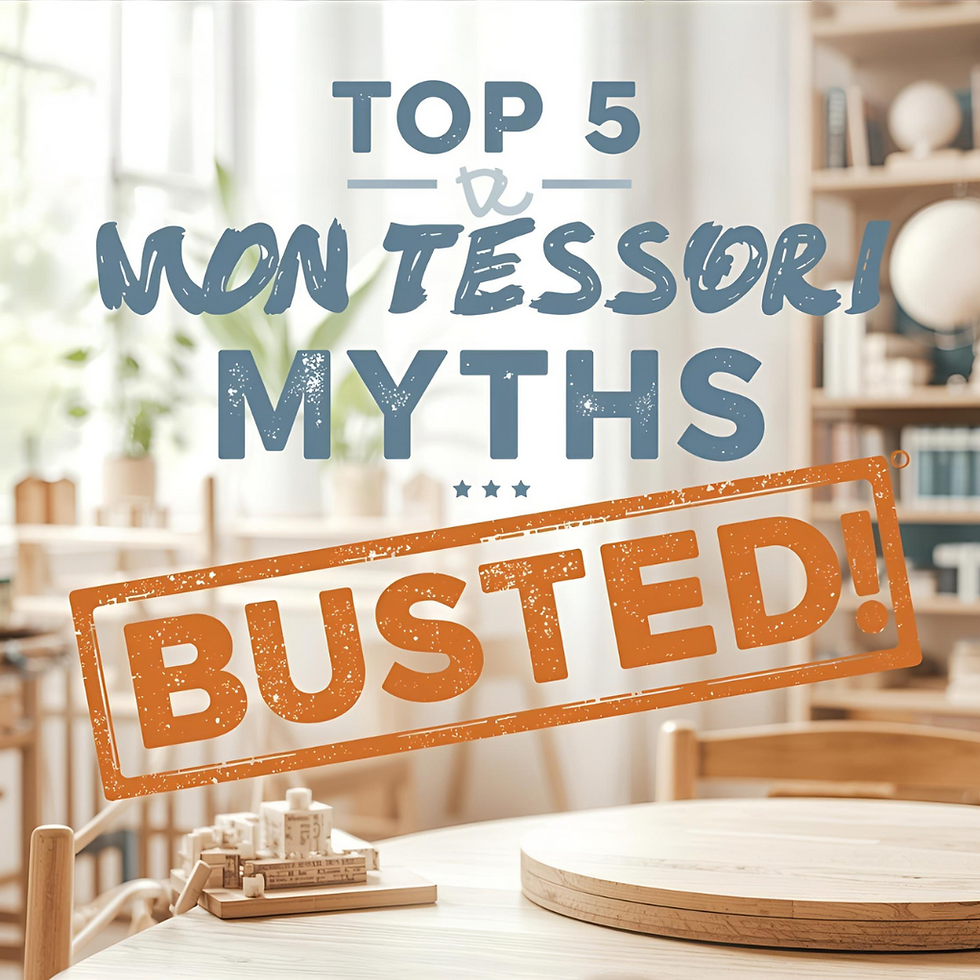Top 10 Montessori Back-to-School Routines
- JohnMark Leonardo
- Sep 25
- 2 min read

In Montessori schools, “back-to-school” is more than just the first day of classes. It’s a season of careful preparation, observation, and leadership. The routines established in these first weeks define the school’s culture, set expectations, and create the rhythm of daily life. For administrators, these routines are not only about supporting the children—they are also about strengthening staff, aligning families, and ensuring that the whole community is grounded in Montessori principles.
Here are the top 10 back-to-school routines that Montessori administrators prioritize:
1. Preparing the Environment
Before the first child arrives, administrators make sure every classroom reflects order, beauty, and accessibility. Materials are complete, furniture is properly arranged, and spaces are free of clutter. This silent preparation communicates respect and care, setting the tone for learning.
2. Welcoming Rituals
Arrival time is more than logistics—it’s a relationship-building moment. Administrators ensure that arrival procedures are smooth, calm, and consistent. Greeting children and families personally at the door models grace and courtesy and helps children transition with confidence.
3. Orientation for Families
Administrators create space for families to connect with the school’s mission early. Parent orientations, coffee mornings, and newsletters that explain Montessori philosophy help establish a strong home-school partnership from the start.
4. Grace and Courtesy Lessons
Though guides lead these in the classroom, administrators reinforce them schoolwide. From how students walk in the hallway to how adults greet one another, administrators ensure that the culture of respect is visible everywhere.
5. Staff Check-Ins
The first weeks can be intense for guides. Administrators prioritize consistent check-ins—brief morning huddles, weekly staff meetings, and open-door conversations—to support classroom leaders and foster collaboration.
6. Observation and Reflection
Administrators make time to quietly observe classrooms daily. This helps them identify strengths, support areas of need, and gather insights before offering coaching. Reflection notes are shared in a supportive, Montessori-aligned way to encourage professional growth.
7. Establishing Schoolwide Routines
From dismissal procedures to lunchtime flow, administrators help ensure consistency across classrooms. Children thrive on predictability, and when routines are clear schoolwide, transitions are smoother and more peaceful.
8. Communicating with Clarity
Back-to-school season is when families are most eager for communication. Administrators set the tone by sending timely, clear, and consistent updates—through newsletters, emails, or parent apps—always framed through Montessori values.
9. Building Community Connections
Montessori schools thrive as communities. Early back-to-school traditions—such as welcome picnics, service days, or cultural celebrations—strengthen bonds between families and staff, laying the foundation for long-term partnership.
10. Modeling Leadership Through Presence
Perhaps the most important routine is for administrators to simply be present. Walking the halls, greeting children, checking in with staff, and being available to families communicates leadership that is grounded, calm, and committed.
Montessori schools know that the way the year begins shapes everything that follows. By prioritizing these ten back-to-school routines, administrators establish a culture of respect, independence, and community that supports both children and adults. Strong starts create strong years—and Montessori leaders know how to make every moment of the beginning count.




Comments